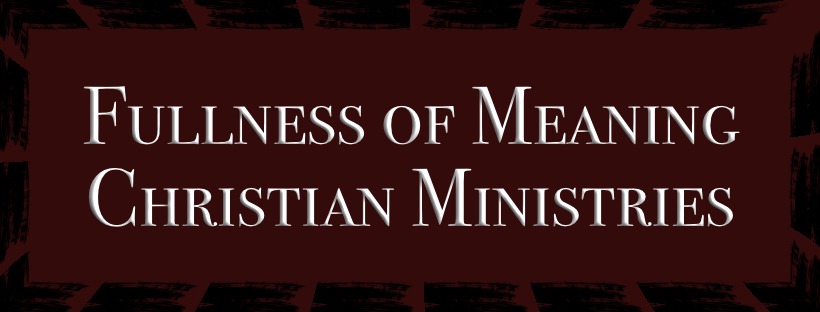“The earliest ideas of Eternity were associated in pictographic form originally. This allowed for ‘pictures’ to be ‘as words’ in the European world, let alone the recipients of the Semitic world. How much of these pictographic societies such as the Early Chinese, Sumerian, Egyptian, Hittite and Dravidian convey the idea of the ‘eternal’? Did these earlier cultures lose their weight in conveying a non-analytical idea of eternal ‘spatiality’ and ‘time’? How distant were these concepts to the Medieval World? Did King James’ translators have a grasp of any of this? Was *eternity* looked at as ‘segmented times’ in the Middle Ages amidst the Jacobian era? I can say a big Nope for all of these. Let’s take a light jab at this word *eternity* from what our ancestors thought. This is only a light dig into a much deeper study that fomcm.com will endeavor. Thank you for listening!”
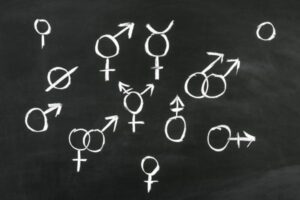
Sex Versus Gender – A Conglomerate of Theology, Politics, Science, and Sociology for a Fuller Nest of Meaning
0:00 0:00 skip_previous play_arrow pause skip_next volume_up volume_down volume_off share description view_headline Nothing found! close Auto scroll close

Sex Versus Gender – Behavior and Biology
0:00 0:00 skip_previous play_arrow pause skip_next volume_up volume_down volume_off share description view_headline Nothing found! close Auto scroll close

Sex Versus Gender – A Political, Scientific and Sociological Discussion
0:00 0:00 skip_previous play_arrow pause skip_next volume_up volume_down volume_off share description view_headline Nothing found! close Auto scroll close
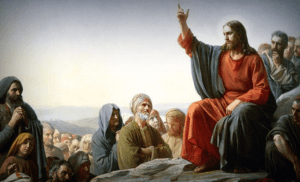
Christ Taught Through the Heathen’s Tongue
In this lecture you will see how Jesus was juxtaposed against the rabble of Rabbis that had occupied Jerusalem being filled with countless opinions and entanglements of the law, all of which became a contradicting theological mess. In this way, Jesus’ teachings were seen as the only logical ‘way’ amidst
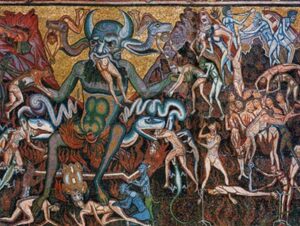
Ancient World Views Of Hell – When you are in Hell That’s When you call Out to God
Sheol is the Hebrew word for Hell. This word was disseminated throughout the early Oriental World. We find that the origin and usage of this word (prior to 1,000 B.C.) had been a much earlier word than the word used by the Hebrews. The root meaning of SHL (Sheol) did

The Study of the First Witch Week 4
“In non formal discussions with a student of mine I am covering the subject of the first witch. I am bringing to light the stage by which “ the Witch” bore its meaning via the modus operandi of Enki and Inanna in their respective Sumerian texts. These Sumerian texts do
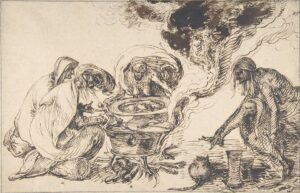
The Study of the First Witch Week 3
“In non formal discussions with a student of mine I am covering the subject of the first witch. I am bringing to light the stage by which “ the Witch” bore its meaning via the modus operandi of Enki and Inanna in their respective Sumerian texts. These Sumerian texts do

Study of the First Witch Week 2
“In non formal discussions with a student of mine I am covering the subject of the first witch. I am bringing to light the stage by which “ the Witch” bore its meaning via the modus operandi of Enki and Inanna in their respective Sumerian texts. These Sumerian texts do
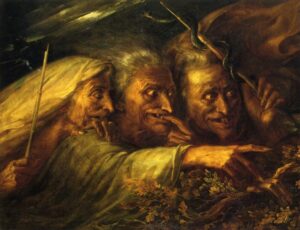
Study of the First Witch Week 1
“In non formal discussions with a student of mine I am covering the subject of the first witch. I am bringing to light the stage by which “ the Witch” bore its meaning via the modus operandi of Enki and Inanna in their respective Sumerian texts. These Sumerian texts do
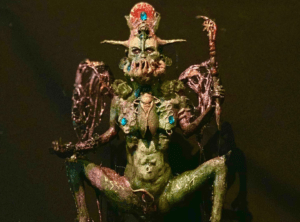
Beelzebub
The “dung god” or “fly god”, Beelzebub, seems to be first built upon its early onomatopoeia of a pestilential creature flying by. Later, ‘sound-name’ to ‘cultural word-idea’ or word-representation would establish the frame by which theological-mythological abstractions could arise. Kartvelian, Georgian, and Sumerian (all dating to at least 4,000 B.C.E.)
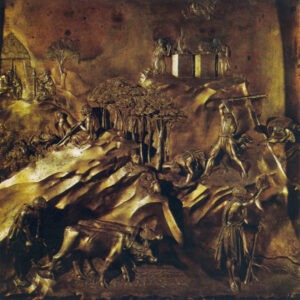
Cain’s Mark
The Sollabu are the wandering metallurgists that have different features from the Arabs with an admixture of an ancient language echoed through the koine Arabic they use today. Their history goes back over 7,000 years. They wear a cruciform or Tau sign etched into their forehead. Is this not the
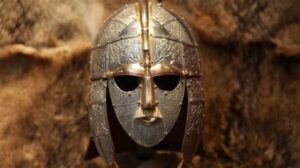
Dryghton
DRYDEN, Dryton, DYAUS, Deus, etc is the Indo European comparable title to Aleph- the Lead Ox, The God, The Head, The Beginning, the one who pulls the plow, the One who experiences *drudgery* for the others-the weaker 0:00 0:00 skip_previous play_arrow pause skip_next volume_up volume_down volume_off share description view_headline Nothing
